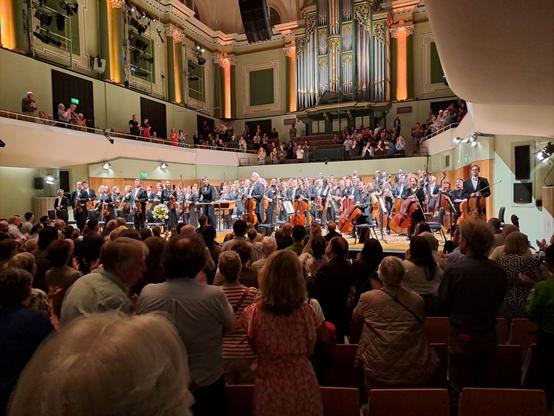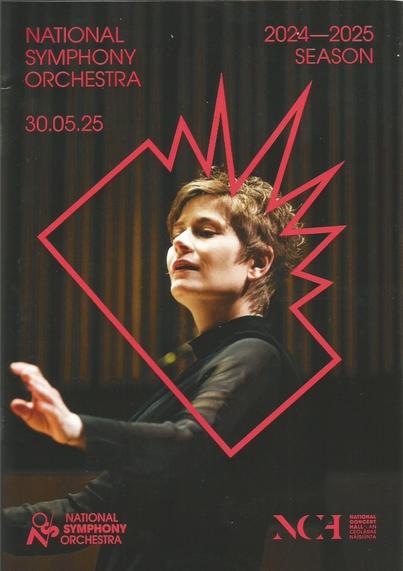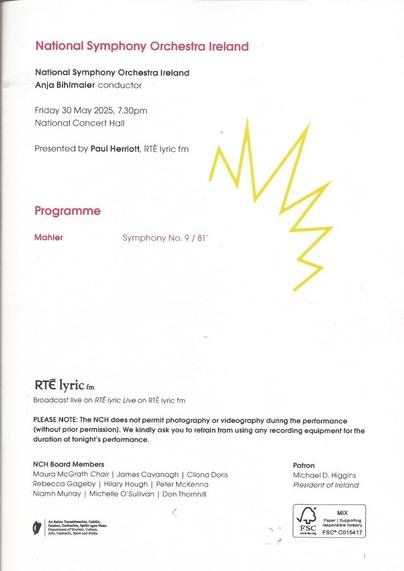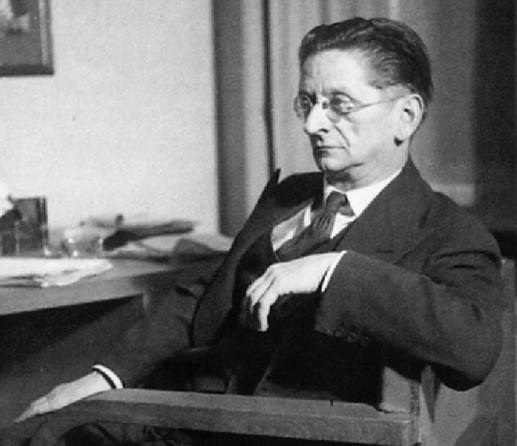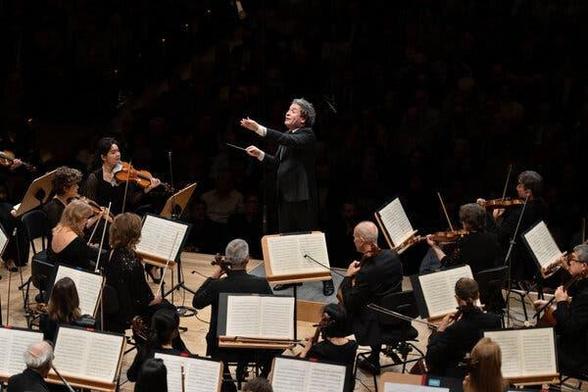Die Seejungfrau: poignant love story by Alexander von Zemlinsky
Alma Mahler was his star pupil and mistress, but she mocked him for his small stature and traded him for Gustav Mahler. On 16 May 2025, the Dutch Radio Philharmonic Orchestra plays Alexander von Zemlinsky’s symphonic poem Die Seejungfrau under the baton of chief conductor Karina Canellakis.
Also on the programme are Lili Boulanger’s short but compelling D’un matin de printemps and Rachmaninov’s Second Piano Concerto. The concert is part of the AVROTROSVrijdagconcert and will be broadcast live on NPOKlassiek.
Alexander von Zemlinsky, fotogropher unknown
Celebrity relation
Zemlinksy’s tragedy is that he is mostly remembered as a relation of celebrities. He has been called a protégé of Brahms, who was so impressed by his early works that he recommended him to his publisher Simrock. He was also the sole teacher of Arnold Schoenberg, who played cello in his amateur orchestra Polyhymnia and married his sister Mathilde. Perhaps he is best known for his tragic love affair with Alma Mahler.
Alexander von Zemlinsky was born in Vienna in 1871. His father came from a Slovak-Catholic lineage but had converted to Judaism; his mother was Sephardic-Islamic. From 1886 to 1892 he studied piano, composition and music theory at the Vienna Conservatoire. Not long after, he became friends with Schönberg. Even though he did not support his twelve-tone method, as a conductor he would always defend his music.
Alma Mahler
In 1901, Zemlinsky began a relationship with his brilliant composition pupil Alma Schindler. Although she loved him passionately, she mockingly called him ‘the dwarf’ because of his small stature. As cruel fate would have it, he himself introduced her to Gustav Mahler, who had premiered his opera Es war einmal in 1899. Alma fell in love with Mahler, gave Zemlinsky the boot and married the considerably older composer in 1902. – Who promptly banned her from composing.
That same year, Zemlinsky began work on his symphonic poem Die Seejungfrau (The Mermaid) in which he expressed Alma’s rejection and his heartbreak. He completed his manuscript in 1903; the premiere was two years later in Vienna. Although critics responded positively, he withdrew his work in 1908. For a long time it was considered lost, until it was recovered and performed again in 1984; today it is one of his most played compositions.
Fairy tale
Zemlinsky based Die Seejungfrau on Andersen’s fairy tale of the same name. A mermaid falls in love with a handsome prince, whom she unknowingly saves from drowning. The Sea Witch gives her legs on condition that she acquires a soul through love and marriage, but the prince weds another and she is doomed to die. Only if she kills the prince will she regain her tail fin. If she doesn’t, she will die in a spray of foam. Zemlinsky, by the way, turned the tables in his composition: he saw himself as the selfless merman who sacrifices his life for Princess Alma.
Colourful orchestration
Die Seejungfrau has three untitled movements, in which Zemlinsky gives the fairy tale hands and feet with a sublimely colourful orchestration. Slow, ominous agitations in the lowest registers of strings and brass evoke the depths of the dark sea. Frolicking motifs in the woodwinds conjure up playing mermaids, while a graceful violin solo depicts the mermaid. The orchestral fabric condenses into a raging storm that sinks the prince’s ship.
Wistful undertone
The third and final movement opens with restrained strings and lyrical lines of alto oboe and clarinets. The sorrowful undertone is broken by fierce brass and drum rolls that express the mermaid’s dismay as she watches her prince marry another.
When she resigns herself to her fate, the orchestra takes back the throttle and on gently undulating motions, the tender violin solo emerges once more. The piece ends with lines of trumpets rising to heaven and wistful plucking of the harps.
#AlexanderVonZemlinsky #AlmaMahler #ArnoldSchönberg #GustavMahler #LiliBoulanger
